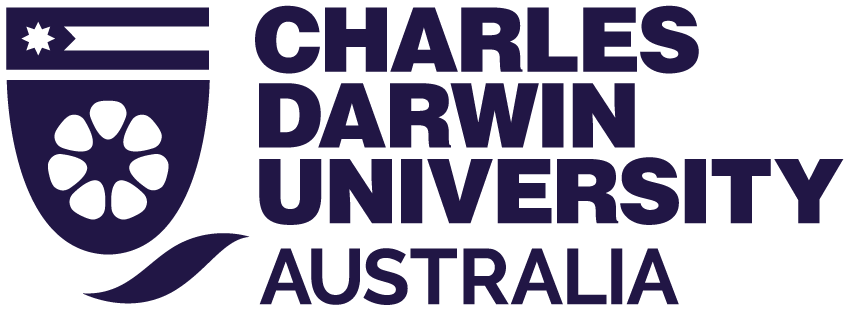Organisation Theme and Business Case Theme
17 Communications Management Strategy
Tony Allan
PRINCE2 includes the communication strategy in the Organisation Theme. Structuring an organisation and allocating roles and responsibilities will not ensure that everyone in a project will work effectively together. Communication needs to be effective too, and whilst a good communications plan does not guarantee the project will run smoothly, not having a plan, or guidelines or equivalent will guarantee the project will not be effective.
The following video is a brief 11-minute video on what is involved in developing a communications plan suitable for large or complex projects:
https://www.youtube.com/watch?v=WWEdiOzLYOg
By considering communication for the project as a whole and not treating each need as an independent task, increases that chance that information will flow to where it needs to be, when it needs be there. A communication strategy is written into a document and it includes, communication procedures, tools and techniques, records, reporting, timings, roles and responsibilities and analysis.
Communication Procedures
This section details the rules around communicating. For example a project manager might require all communications with external suppliers to be in writing and for her to be cc’d in.
Tools and Techniques
Tools can include preferred technologies being used for communicating such as “Zoom” might be the preferred web-conferencing tool. Techniques can include having daily ‘stand up’ meetings. ‘Stand up’ meetings often last less than 15 minutes so they don’t disrupt everyone’s day too much, and the daily frequency means that everyone is kept up to date with the latest information. In the later stages of the project the demand for current information may be less, so the frequency may change.
Records
Organising how and where information is to be stored and secured is captured under this heading.
Reporting
This section specifies the reports that will be generated by whom and to whom they will be distributed.
Timing
This section specifies when and how frequently communication activities will take place.
Responsibilities
This section identifies who is responsibilities for each step in a work flow.
Stakeholder Analysis This is a process whereby Stakeholders are identified, then broken into categories of interest so their information needs can be determined. This enables effective communication methods to be worked out and documented. The following video provides an outline of stakeholder analysis:
